Incredibly, Spring gardening is just a few weeks away!
Mark your calendars for March 19th, but we’re already prepping for the spring season here at Falling Water Gardens. If you’re hoping for a great summer in your garden, let us help you plan for a successful spring! Read on to pick up our four Spring gardening tasks for March.
We’ll be moving to our spring hours starting March 15th! Falling Water Gardens will be open seven days a week, 10 a.m. to 6 p.m. beginning Friday, 3/15.
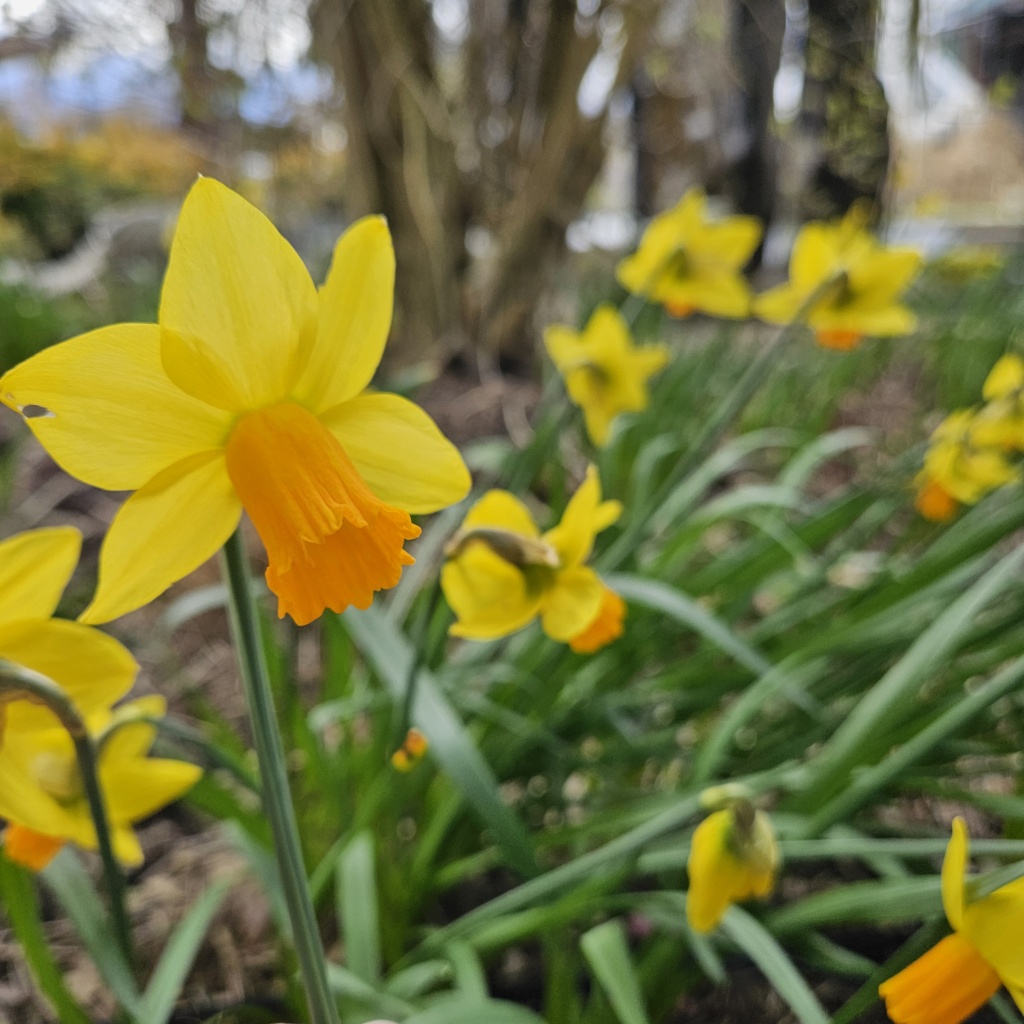
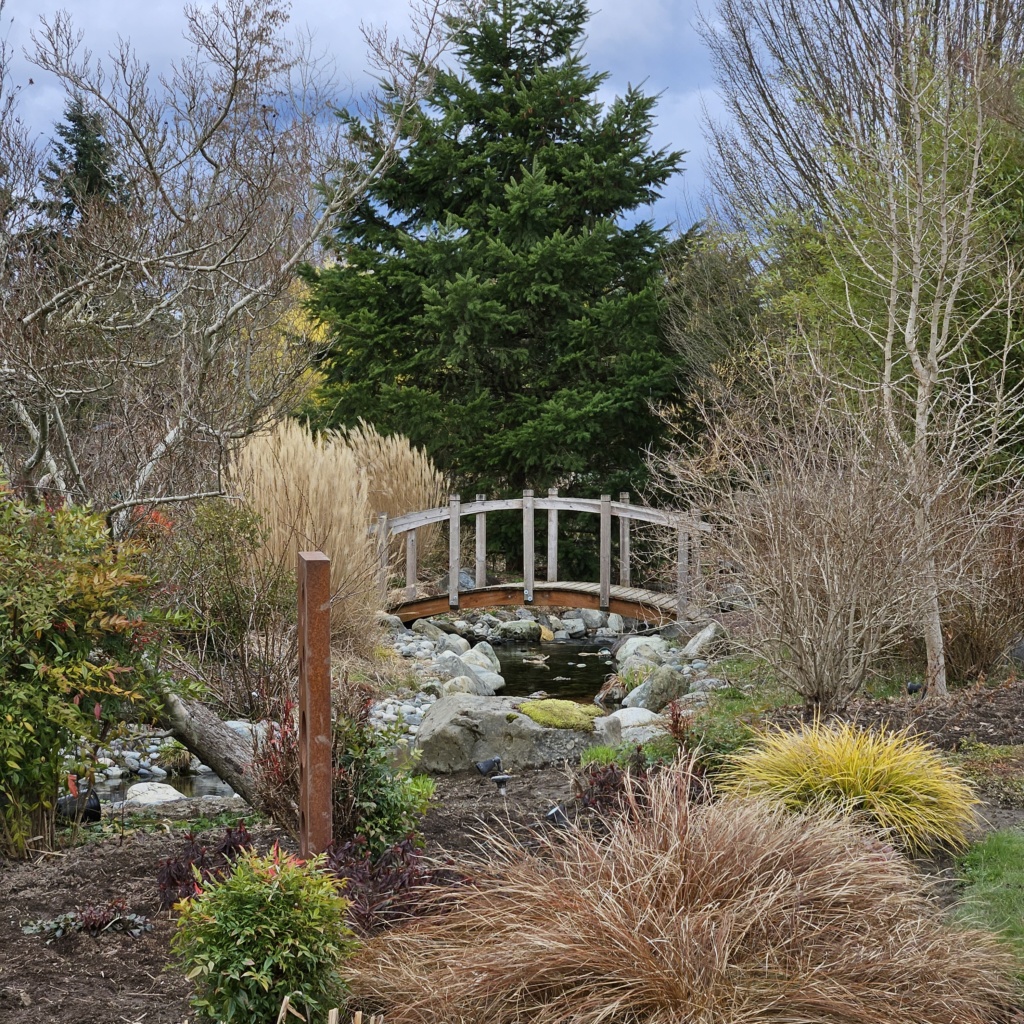
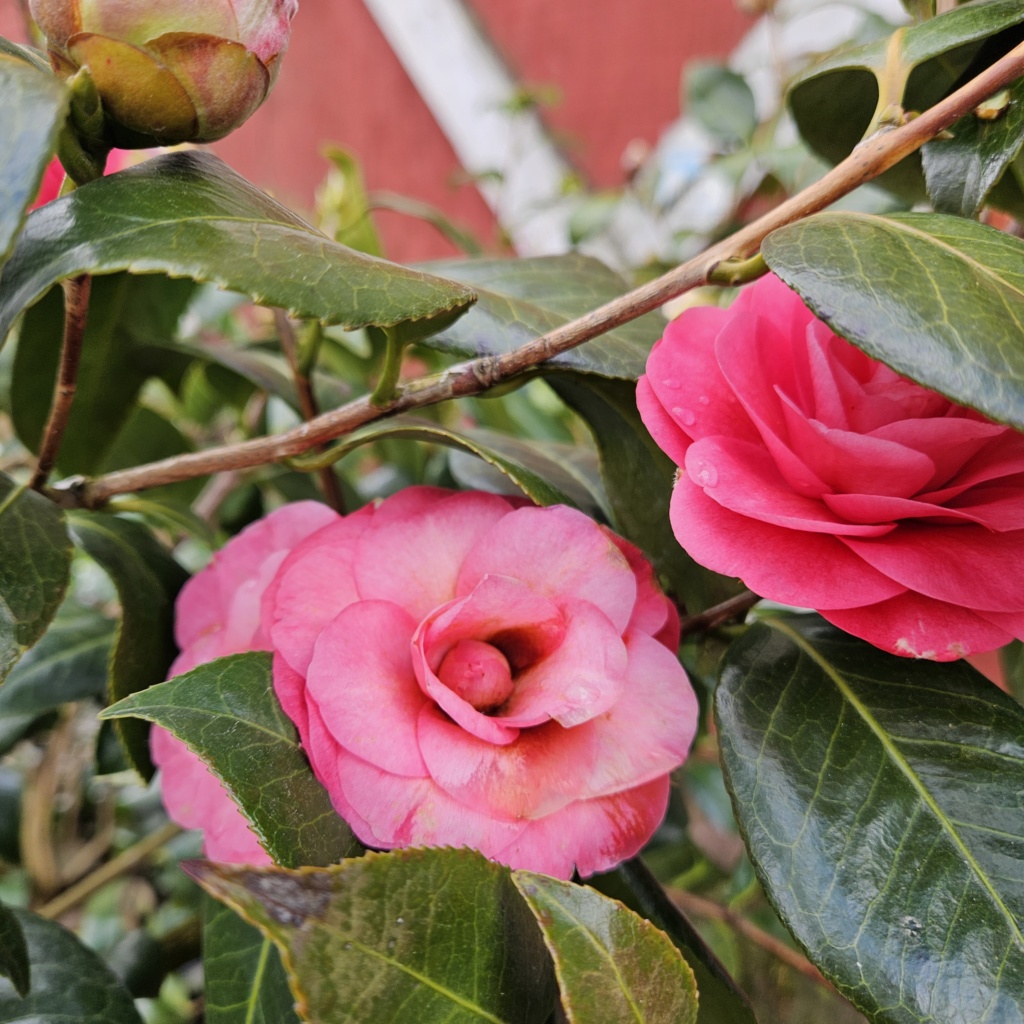
Our tips for successful spring gardening!
Spring plants and new garden art is coming in almost daily here at the nursery, including numerous new sculptures and bubbling fountains. Planning for the summer weather starts now – if you’re wanting to add some new plants, or eying larger improvements to your space.
For those of you with koi and goldfish ponds, it’s nearly time to start feeding your fish again – and there are some important water gardening tasks for March for you to get started on.
We are open for pond cleanings and other maintenance, and our calendar is typically jam-packed until we hit summertime. If you’re hoping to get your pond cleaned before the warm weather hits, now is the time!
Mason Bees
It’s almost Mason Bee season! It’s one of the MOST beneficial things you can do for your garden. Do you have what you need?
What are Mason Bees?
Mason Bees help get gardens, and especially fruit trees, pollinated early in the season. Mason Bees are significantly more effective at pollinating a garden than Bumble or Honeybees. Unlike the Honey or the Bumble bee, Mason Bees do not have a hive, so the pollen they collect stays in their possession. They are less tidy transporting the pollen they collect so more pollen gets spread across many more flowers. Mason Bees are so docile it is nearly impossible to get one to sting so you don’t need to fear them.
When do the Mason Bees get to work?
Mason Bees start to emerge in early spring when temperatures are still a bit cool for other bees. When fruit trees begin to bloom, you will usually see Mason Bees getting to work, so If you want increased fruit production you should definitely have Mason Bees in your garden. When it is about 50°F outside in your local area, you put the cocoons outside. Until then you store the Mason Bee cocoons in the fridge to keep them cold.
Your Bee Houses
Mason Bees lay their eggs in small hollow holes or tubes. Mason Bee houses are a collection of perfectly sized tubes to ensure you get a large colony of Mason Bees next year.
Place Mason Bee houses in an area near the spaces you want pollinated. Mason Bees need to be located close to the area you want them to pollinate because they fly far shorter distances than honey bees. Mason Bees love morning sunshine, so you should look for an east or south facing spot.. A fence or wall or side of a building is good. Avoid a spot under a swaying branch since the bees don’t like dappled shade. Your spot should be about four feet above ground.
Getting Started in your Mason Bees
We have everything you need to be successful with Mason Bees. We always sell out of Mason Bees so visit the gift shop now!
Featured Design
This month we’re featuring the largest installation at the nursery, our 250-ft garden stream!
It’s not the largest by volume – that’d be our massive lake – but the stream runs the length of the nursery here, from the edge of the labyrinth to the lake near our gift shop.
It starts with a small waterfall and pool in sight of the glamping tents during summer weather, and meanders under trees and shrubs toward our upper lawn.
The stream runs under our footbridge, a popular backdrop for weddings!
It then cascades down the largest waterfall on the property at 20,000 gallons per hour.
The stream has a footpath on the southern bank, and features hyacinth in the summertime for a little pop of color.
We’ve built several beautiful streams like this for customers of ours over the years. If you’d like to imagine a stream on your own property, come visit us for inspiration and get a quote to make your dreams a reality!
Featured Koi
This month’s featured koi breed is a beauty: the wonderful and elegant Asagi variety.
Asagi (ah-SAH-gee) are fully scaled, nonmetallic koi. The name is derived from the Japanese word for pale blue or indigo, and they are sometimes referred to as Blue Back koi.
The blue scales with lighter blue (or even white) edging that run down the body create the diamond-shaped, pine cone reticulation pattern that characterizes this type of koi.
Asagi were one of the first koi variants to be produced, and were documented around 1850.
When To Feed Your Koi
Water Temperature & Fish Hibernation: Fish conserve energy by remaining closer to the bottom of the pond when the water temperature is below the mid 50°F’s. This is their way of hibernation, called Torpor.
Fish are cold-blooded animals: Fish do not generate their own body heat, and their body temperature is reliant on both water temperature and their environment.
When do I feed?
Once the temperature of your pond water is consistently above 50°F, it is safe to feed your fish all-season fish food again.
Do you know the temperature of your pond? We sell pond thermometers at the nursery or you can check our webpage for the current temperature in our nursery Koi pond.
For recommended foods, please read all about feeding your aquatic friends here.
Spring Gardening Tasks for March
It is now time to break out your gardening gloves and get your garden prepared for planting and blooming! It’s spring gardening 101!
Task 1: Clearing
After the last frost is a great time to move away debris, and clear dead stems, because this is our last opportunity to do so before new growth starts.
Task 2: Dividing
Take a look around your garden and see what you can possibly divide and plant. If you see areas of congested plants like iris’ or geraniums, actually anything with lots of stems, you can divide. Dividing and replanting allows you to decrease overall garden congestion, see what areas need to be filled in with complimentary plants or areas that need complete replacement and support.
Task 3: Early Planting
If you have areas within your garden for edible plants/crops now a good time to plant permanent crops like asparagus and strawberries, and also early plantings of crops of shallots, potatoes and onions.
Task 4: Pond Cleaning & Scheduling Maintenance
If you do not have fish in your pond, you may clean your pond this month. If you do have fish in your pond wait until the water temperature is at a consistent 50° degrees as your fish are immune suppressed below 50. In our area fish ponds reach 50 closer to April.
If you are a DYI person, you may visit our nursery to purchase your pond supplies. We have a great article on Spring Pond Maintenance and check out this great video on how to clean your pond.
If you want to schedule a professional pond cleaning by our crew, contact us to get your pond cleaning scheduled.
Featured Plants
Here are this month’s featured plants! We think this selection would look great in your garden right now. Visit our plant database to learn more about aquatic & terrestrial plants. Click on the name of the plants below to learn more about each plant.
Camellia
Camellias are a stunning flowering scrub – and we have quite a few here at the nursery! These feature rich green leaves and bright pink blooms. You usually see these flowering in late winter or early spring, making gardens look brighter during those colder times.
Camellias thrive in well-drained soil that is slightly acidic. They prefer soil rich in organic matter, such as compost or peat moss, which helps retain moisture and provides essential nutrients.
When planting camellias, it’s essential to ensure good drainage to prevent waterlogging, which can lead to root rot.
Additionally, camellias appreciate partial shade to full shade, especially during the hottest part of the day.

Helleborus
Outward-facing deep-red flowers reign supreme! Stunning when backlit with the sunshine. These sparkling ruby-red gems are a treasure in the late winter/early spring garden. The deer resistant evergreen foliage is dark glossy green.
You can find Helleborus all over the nursery in several varieties!
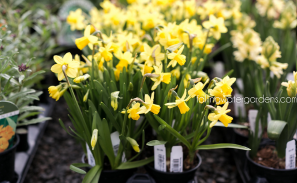
‘Tete-a-Tete’
The happiest little spring blooming bulb! Bright yellow flowers in early spring are easy to grow in full sun to part shade in average soil. Lovely cut flowers are long lasting. Strappy green reflexed foliage.
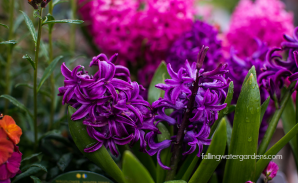
Hyacinth
Hyacinths are spring-blooming bulbs with richly colored flowers and an incredible fragrance that can perfume your entire garden. They bloom in mid-spring at the same time as daffodils and early tulips, and come in a rainbow of colors including white, cream, pink, rose, apricot, lavender, cobalt blue, deep purple and wine red. Like other spring-flowering bulbs, hyacinths are easy to grow. Just plant the bulbs in fall to enjoy beautiful flowers the following spring.
Weddings & Events
Incredibly, we still have a handful of dates remaining for weddings this summer! If you or someone you know is getting married in May or June, we have a wedding for you: 50% off if you host your wedding here at Falling Water Gardens!
Also, mark your calendars for Mother’s Day weekend, as we are once again hosting our Wedding open house. Last year’s event was packed on the Saturday before Mother’s Day, with dozens of wedding vendors on site to put on a show!
If you’re interested in a tour of the facility, contact us to schedule a guided walkthrough.



